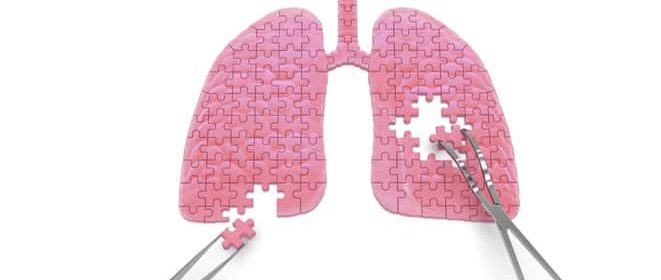To characterize inpatient epidemiology and economic burden of granulomatosis with polyangiitis (GPA).
Patients with GPA were identified from the Nationwide Inpatient Sample (NIS), the largest inpatient database in the USA consisting of over 4000 non-federal acute care hospitals, using the ICD-9 CM code. A cohort of comparators without GPA was also constructed from the same database. Data on demographics, procedures, length of stay, mortality, morbidity and total hospitalization charges were extracted. All analysed data were extracted from the database for the years 2005-2014.
The inpatient prevalence of GPA was 32.6 cases per 100 000 admissions. GPA itself (38.3%), pneumonia (13.7%) and sepsis (8.4%) were the most common reasons for admission. After adjusting for potential confounders, the all-cause mortality adjusted odds ratio (aOR) of patients with GPA was significantly higher than that of patients without GPA (aOR 1.20; 95% CI: 1.41, 1.61). This was also true for several morbidities, including acute kidney injury, multi-organ failure, shock and need for intensive care unit admission. Hospitalizations of patients with GPA were associated with higher cost as demonstrated by an adjusted additional mean of $5125 (95% CI: $4719, $5531) for total hospital cost and an adjusted additional mean of $16 841 (95% CI: $15 280, $18 403) for total hospitalization charges when compared with patients without GPA.
Inpatient prevalence of GPA was higher than what would be expected from prevalence in the general population. Hospitalizations of patients with GPA were associated with higher morbidity, mortality and cost.
© The Author(s) 2020. Published by Oxford University Press on behalf of the British Society for Rheumatology. All rights reserved. For permissions, please email: journals.permissions@oup.com.
Inpatient epidemiology and economic burden of granulomatosis with polyangiitis: a 10-year study of the national inpatient sample.


